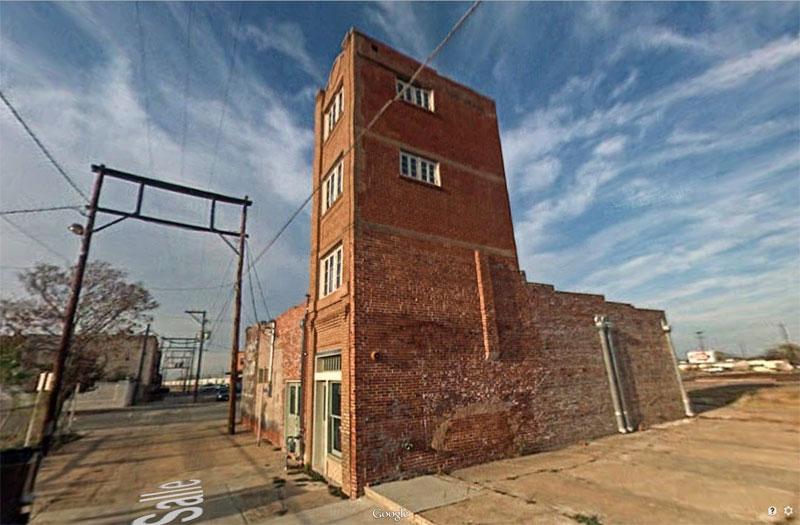
In 1912, a large oil reservoir was discovered in Wichita County, Texas. Surrounding communities became boomtowns and local economies and populations swelled. One of those lucky towns was Wichita Falls, which became a logistical hub since it also served as the administrative center for the county.
As the area grew so to did demand for office space. Enter J.D. McMahon, a smooth-talking Philadelphia businessman with plans to build a high-rise office tower that would address all of the town’s commercial space needs.
According to local legend, when McMahon announced in 1919 that he would build a highrise annex to the Newby Building as a solution to the newly wealthy city’s urgent need for office space, investors were eager to invest in the project. McMahon collected $200,000 ($2.72m USD in 2015) in investment capital from this group of naive investors, promising to construct a highrise office building across the street from the bustling St. James Hotel.
The key to McMahon’s swindle, and his successful defense in the ensuing lawsuit, was that he never verbally stated that the actual height of the building would be 480 feet (150 m). The proposed skyscraper depicted in the blueprints that he distributed (and which were approved by the investors) was clearly labelled as consisting of four floors and 480 inches (12 m) tall. [source]
So in 1919, construction began and was completed on the Newby-McMahon Building at 701 La Salle in Wichita Falls, Texas. The late Neoclassical style red brick and cast stone structure stands 40 ft (12 m) tall and its exterior dimensions are 18 ft (5.5 m) deep by 10 ft (3.0 m) wide.
Its interior dimensions are approximately 12 ft (3.7 m) by 9 ft (2.7 m), or approximately 108 sq ft (10 m2) with steep, narrow stairways occupying roughly 25 percent of the interior. [source]
The oil industry would ultimately prove to be a resource curse to Wichita Falls, and the Texas Oil Boom ended only a few years later. The building was vacated, boarded up, and virtually forgotten in 1929 as the Great Depression struck North Texas and office space became relatively inexpensive to lease or purchase. A fire gutted the building in 1931, rendering it unusable for a number of years. [source]
In 1986, the city deeded the building to the Wichita County Heritage Society, which attempted to preserve it. In time, however, it was again orphaned, and there was steadily growing talk of having it demolished before the architectural firm of Bundy, Young, Sims & Potter was hired by the city to stabilize the downtrodden structure.
So fascinated did Dick Bundy and his partners become with the historic site that in 2000 they arranged a partnership with Marvin Groves Electric, purchased the building and spent $180,000 remodeling it. Bundy tells Texas Co-Op Power:
“Frankly, it wasn’t a very smart investment, but so many people wanted it preserved. And, it’s a unique part of our local history.” Plus, he says, it is a great conversation piece.
If you enjoyed this post, the Sifter
highly recommends: